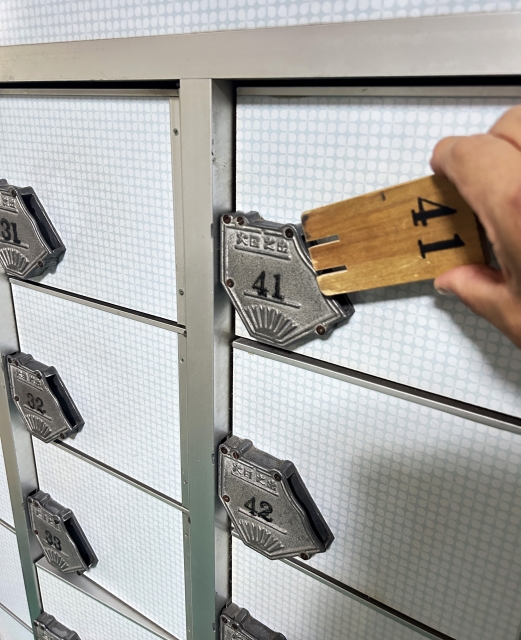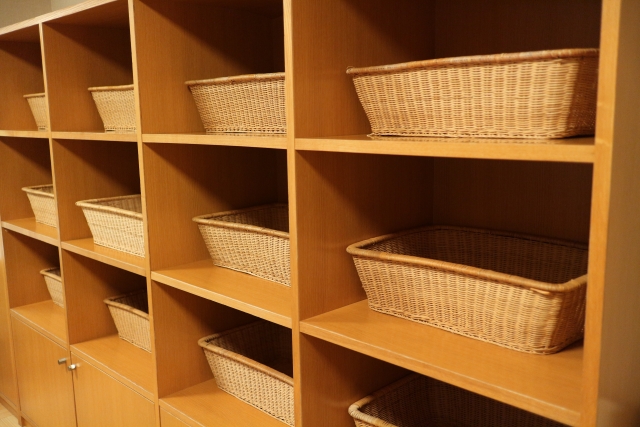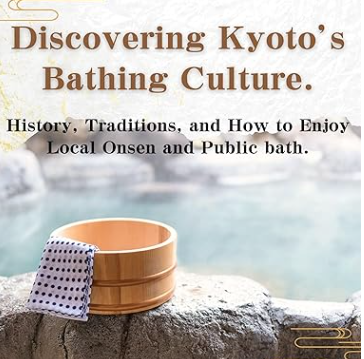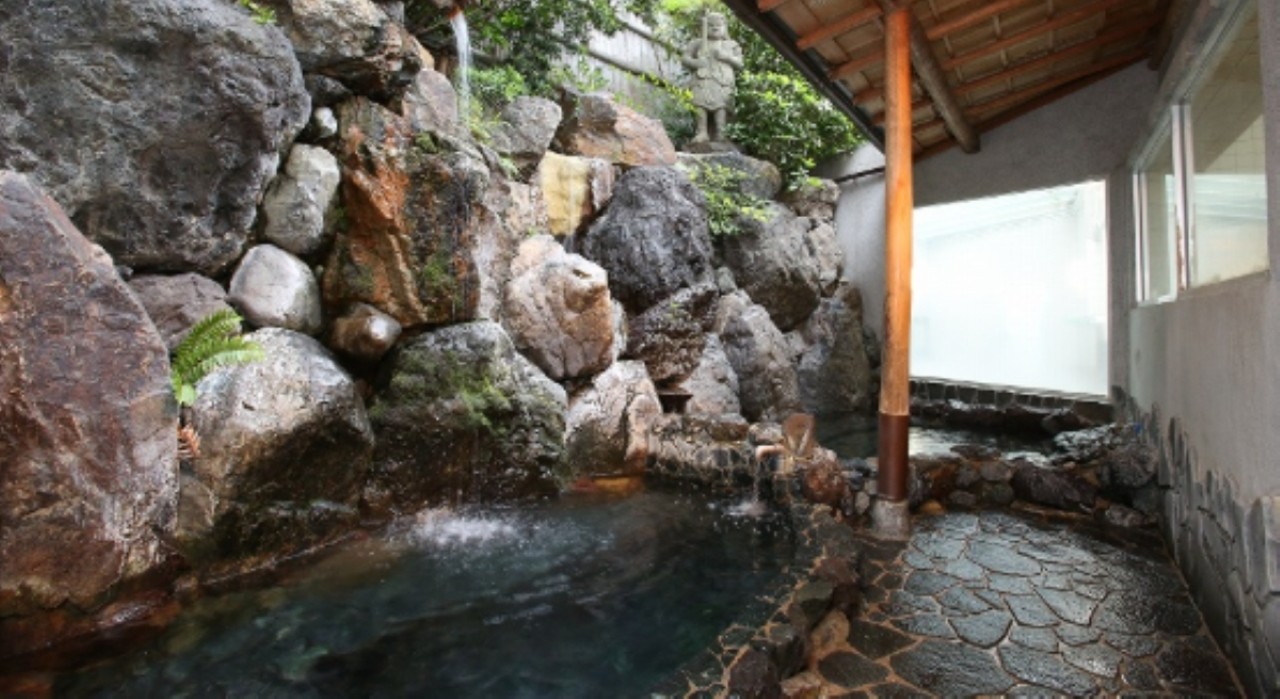For many first-time visitors to Japanese baths, questions naturally arise:
“Where do I take off my clothes?”
“Can I bring my towel into the bath?”
“How do I even begin?”
These uncertainties are perfectly normal, especially when encountering a culture different from your own. But don’t worry—while Japanese bathing has its own set of rules, they all come from a place of care and consideration: to help everyone relax and feel comfortable.
①Please take off your shoes
At the entrance, you will always find a designated area for removing your shoes.
Never enter the building with your shoes on, as this is considered impolite in Japanese culture.
There are usually two types of shoe lockers: with a key and without. For security, it’s best to use a locker with a key.
If none are available, make sure to remember where you placed your shoes and avoid confusing them with someone else’s.
In some facilities, you may be asked to hand your shoe locker key to the front desk. If so, follow the instructions of the staff politely.

②Undress Completely in the Changing Room
Place all of your clothes, including your underwear, into an empty basket or locker.
You must be completely nude before entering the bathing area—this is the standard practice in Japan.
If the changing room is crowded, feel free to move your basket to a quieter area to undress.
Being considerate and making space for others is seen as very polite and is appreciated by Japanese bath-goers.
Be sure to store any valuables in a locker with a key.
Only a small face towel should be brought into the bathing area.
Do not bring or wear a large bath towel into the bath, even if it’s just to wrap around your body.
If you have long hair, please tie it up with a hair tie to keep it from touching the bathwater.
This is not only a matter of cleanliness but also a common courtesy to others.
Bathing naked is a fundamental part of Japanese bathing culture.
There’s no need to feel embarrassed—everyone is in the same situation, and it’s completely normal here.
In fact, Japanese people don’t pay attention to others’ bodies in the bath. It’s a place to relax, not to judge.

③ Wash Your Body Before Entering the Bath
Before entering the bath, you must wash your body thoroughly.
Use the provided shower, stool, and toiletries to clean your hair and body.
In some facilities, you may also find small buckets near the bath.
In that case, scoop hot water from the tub using the bucket and pour it over your body to rinse off any dirt or sweat.
As a general guideline, it’s polite to pour at least 10 scoops of water over yourself to ensure you are clean before soaking.
④Time to Soak – Enter Quietly and Relax
After washing your body, it’s time to enter the bath.
Step in slowly and gently to avoid creating splashes.
Do not place your towel in the water.
Instead, you can fold it and place it on your head or set it aside outside the tub.
Please keep your voice low while in the bath.
Japanese baths are meant for quiet relaxation, not conversation or noise.
Many facilities display the water temperature for each bath.
If you’re new to hot baths, start with a tub around 40°C (104°F) to help your body gradually adjust to the heat.
⑤Getting dressed in the dressing room
When you feel sufficiently warmed, exit the bath without pushing yourself.
Before returning to the changing room, be sure to dry your body thoroughly with your towel.
Entering the changing area while still wet can leave the floor slippery, which may inconvenience or even endanger others.
Also, to prevent getting chilled, make sure your hair and body are dry before stepping outside.
Keeping warm after bathing is part of taking care of yourself in Japanese bath culture.
Unspoken Rules Locals Follow
There are several unwritten rules in Japanese baths that you won’t find on any signboard.
These are not strict “rules,” but rather part of a deeply rooted culture of consideration shared among local communities.
If you unknowingly break these customs, it may surprise or inconvenience the regulars around you.
Understanding and respecting these unspoken practices is an important part of experiencing the true spirit of Japanese bathing culture.
By keeping the following points in mind, you’ll be able to blend in naturally with the local bathhouse community.
Wash your body thoroughly before entering the bath
Simply rinsing off with hot water is not always considered enough, especially by some Japanese women who strongly value cleanliness.
Some regulars may even politely remind foreign visitors if they see this step skipped.
To avoid misunderstandings, it’s best to wash your body and hair with soap and shampoo before soaking in the tub.
・Don’t take someone else’s washing station
Some regular visitors in Japan reserve a spot at the washing area by placing their towel or toiletries there.
If you see a station with personal items left behind, it’s best to assume that it’s being used and choose another one.
Some Japanese bathers may even gently correct others, including foreign visitors, if they feel a certain etiquette is being overlooked.
If this happens to you, don’t take it personally or feel discouraged—it’s simply part of their way of maintaining harmony and cleanliness in a shared space.
If you’re interested in learning more about Japanese hot springs, I’ve written an e-book that you should definitely check out!

↑Amazon sales books
my self introduction

I am a Japanese who was born and raised in Kyoto, Japan. I want everyone to experience Kyoto’s great hot springs, so I work as a tour guide, teaching tourists proper bathing etiquette.



コメント